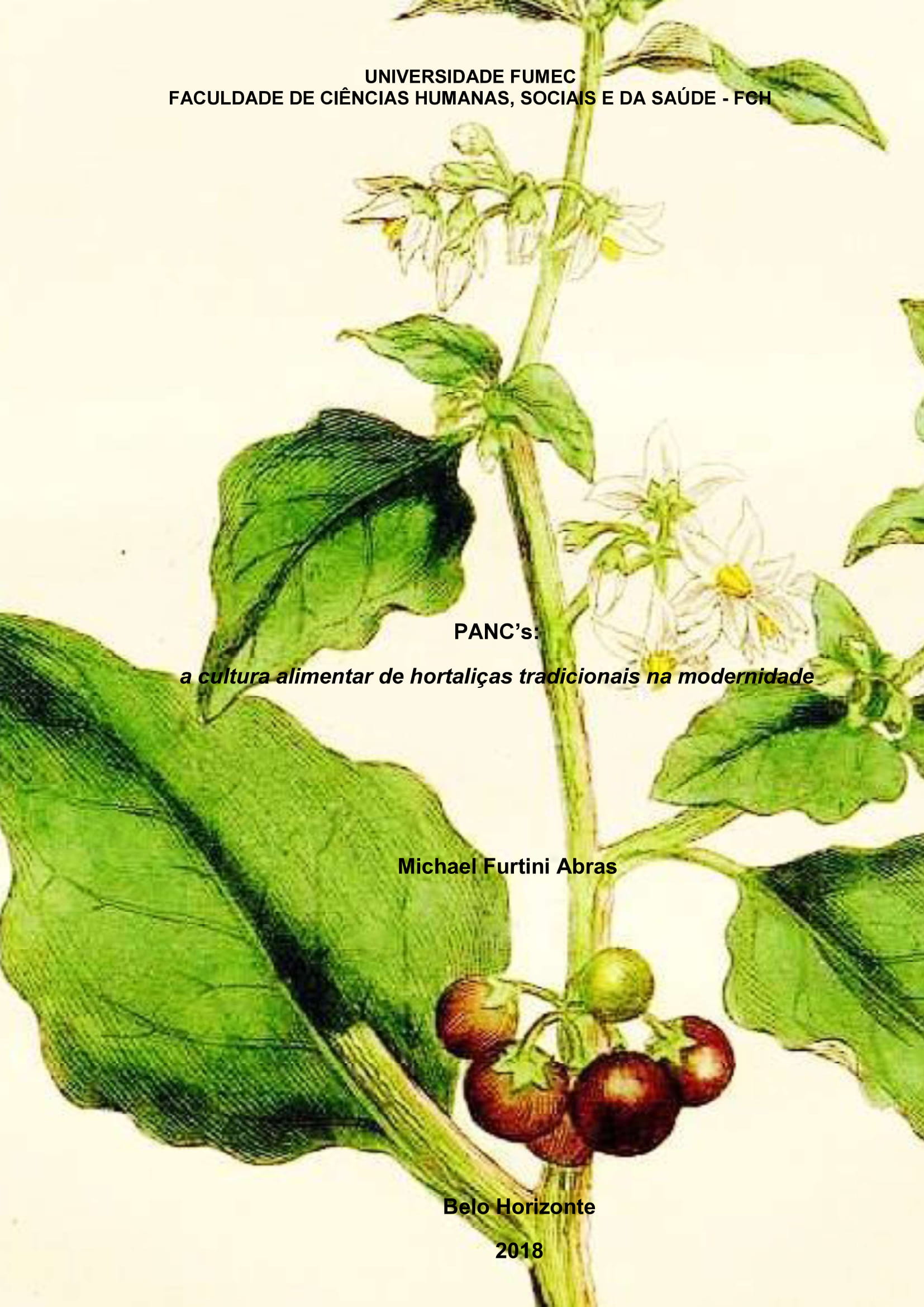Panc's: a cultura alimentar de hortaliças tradicionais na modernidade

Visualizar/
Data
2018Autor
Abras, Michael Furtini
xmlui.mirage2.itemSummaryView.MetaData
Mostrar registro completoResumo
Este trabalho propõe a investigação da realidade social e cultural da região mineira do Santuário do Caraça e seu entorno, no que diz respeito à alimentação, em especial o consumo do que se tem tratado na contemporaneidade como Plantas alimentícias não convencionais - Panc. Nossa inquietude se concentra em como se dá a presença das tradições e culturas alimentares na modernidade contemporânea da região, em especial, no uso dessas plantas. Nosso objetivo é verificar se acontecem ressignificações de seu valor e seu uso, principalmente por intermédio do que chamamos aqui de mediações culturais. Para isso, realizaram-se pesquisas documentais e bibliográficas além de observação participativa e entrevistas com Instituições e atores que atuam na circulação cultural dos saberes da região como é o caso do Programa Primórdios da Cozinha Mineira – da história à mesa, o qual propomos analisar mais de perto. Observou-se, por intermédio das pesquisas, existir, de certo modo, uma dicotomia no que se refere ao conhecimento e ao consumo das Panc na alimentação da região, o que propomos descrever neste trabalho. This work proposes the investigation of the social and cultural reality of the mining region of the Sanctuary of Caraça and its surroundings, with regard to food, especially the consumption of what has been treated in the contemporary world as Unconventional Food Plants (Panc). Our concern focuses on how the presence of food traditions and cultures in contemporary modernity of the region, in particular the use of these plants. Our objective is to verify if there are redefinitions of its value and its use, mainly through what we call here cultural mediations. For this, documentary and bibliographical researches were carried out in addition to participative observation and interviews with Institutions and actors that act in the cultural circulation of the knowledge of the region as is the case of the Primórdios da Cozinha Mineira Program - from history to table, to which we propose to analyze more closely. It was observed through the researches that there is in some way a dichotomy in what is reflected to the knowledge and the consumption of Panc in the food of the region, to which we set out to describe in the course of this work.
